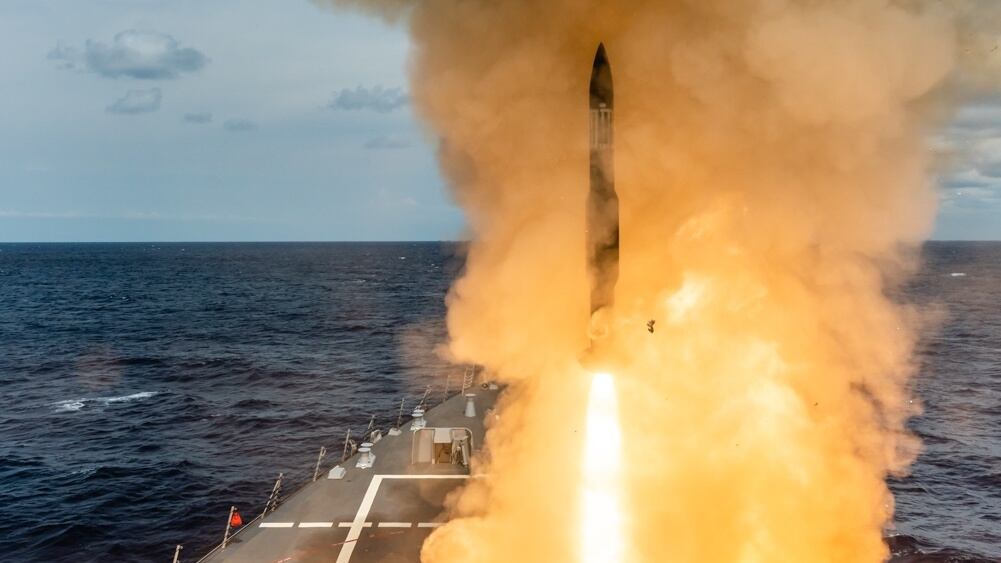SEOUL — As South Korea’s Moon Jae-in administration prioritizes rapprochement with North Korea, the country’s force improvement plans are shifting toward regional threats beyond its nuclear-armed neighbor. Such threats include potential territorial disputes and well as Chinese and Russian surveillance aircraft, which reportedly violate South Korea’s air defense identification zone.
Defense News caught up with retired Maj. Gen. Jung Soo, who currently heads the Institute of Defense Management at Kookmin University in Seoul, to talk about the country’s weapons wish list.
Jung previously led the command and reconnaissance aircraft program office of the Defense Acquisition Program Administration. He retired from the South Korean Air Force in 2013. He is a former classmate of Defense Minister Jeong Kyeong-doo and serves as a key policy adviser to the defense chief.
Why is the South Korean military’s operational focus shifting so rapidly?
I believe the security environments on the Korean Peninsula are on a path to peace, slowly but surely, in spite of the stalled nuclear disarmament negotiations — though the North fired off some short-range missiles recently, an apparent move to attract the attention of U.S. President Donald Trump. In the face of the changing security paradigm, South Korea should brace for responding to potential regional threats beyond the North. That’s why the government has decided to raise its defense spending over the next five years by 7.6 percent annually.
What is the military’s key focus in terms of weapons acquisition?
It is largely centered on boosting air power. F-35 stealth fighters and air-refueling tankers have just started to be deployed, which are to upgrade South Korea’s air power significantly.
On top of these aircraft, in particular we need more information, surveillance and reconnaissance, or ISR, assets, which are also key components to help South Korean armed forces lead theater operations after taking over wartime command authority from the U.S. military. For example, we need two more airborne early warning aircraft, in addition to the existing four E-737 AEW&Cs, for more effective ISR operations in the region.
The military also has a plan to introduce a Joint Surveillance and Target Attack Radar System to monitor and detect moving targets on the ground. The Air Force has also set the requirement for acquiring electronic warfare aircraft.
RELATED

What emerging technologies is South Korea eyeing?
The South Korean military is very much interested in adopting unmanned technologies. The Army has launched a weaponized drone unit not only could engage in reconnaissance missions to key enemy areas, but it could also be used to launch swarm attacks against the enemy.
In an effort to enhance the so-called Kill Chain preemptive strike system, the military is considering an option to procure unmanned aerial vehicles equipped with radar-evading stealth functions, which would be able to penetrate into an enemy site to shorten the sensor-to-shooter timeline.
What are key challenges to South Korea’s weapons development schemes?
As for fighter jets, South Korea has a top capability to manufacture platforms, as the KF-X fighter development program is going on. The rub, [or flaw], is we don’t have our own air-launched weapons. A project to locally develop a long-range air-to-ground missile in the Taurus class has only started. Developing air-launched missiles is such a difficult mission since it requires state-of-the-art technologies, and it requires advanced weapons integration techniques and the weapon’s interface to a radar.
Jeff Jeong was the South Korea correspondent for Defense News.







